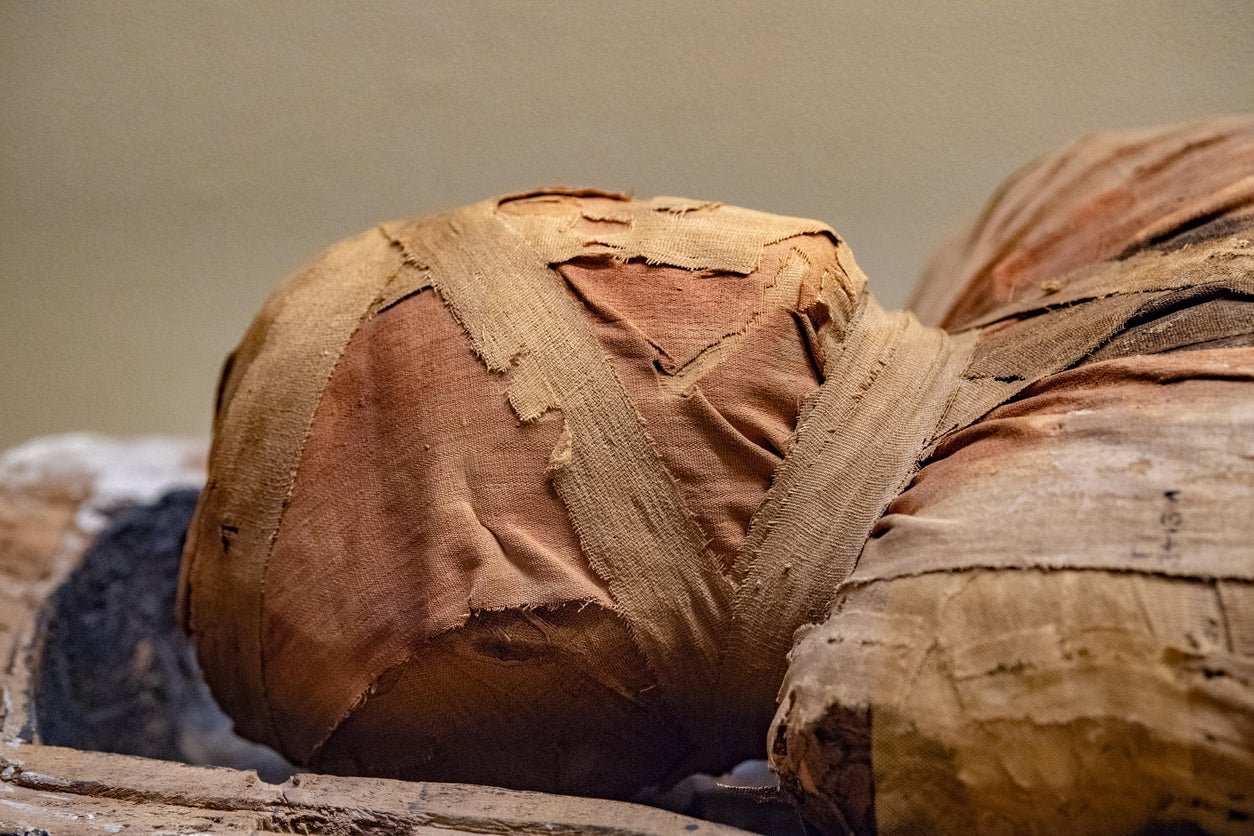8,000 year old mummies uncovered in Portugal could be the oldest ever found
The human remains first found in Sado Valley, Portugal are now thought to be the oldest evidence of mummification, according to a new study, reports Furvah Shah


Human remains discovered in Portugal date back 8,000 years and could be the oldest mummies ever found, a new study says.
Archaeologists studied new photographs of the skeletal remains of 13 humans first uncovered in the 1960s in Sado Valley, Portugal and they are thought to be the first known evidence of mummification.
Until now, the 7,000-year-old Chinchorro mummies of northern Chile were thought to be the most ancient known remains, with the mummies of ancient Egypt following at 5,700-years-old.
The new study, conducted by archaeologists at Uppsala University and Linnaeus University in Sweden and University of Lisbon in Portugal, bases its findings on photos recovered from the personal belongings of late Portuguese archaeologist, Manuel Farinha dos Santos.

The group of archeologists said: “A few years ago, three rolls of film from the excavation of two Mesolithic burial sites in the Sado Valley in south-western Portugal resurfaced.
“Both sites, Arapouco and Poças de S. Bento, were excavated in the 1960s and more recently in the 1980s and 2010s, and most of their human burials have been studied and published.
“The photographs of burials excavated in 1960 and 1962 were, however, missing, and the documentation was incomplete.”
The new photographs provided new insights into the age of the mummies and process of mummification in the Sado Valley at that time.
The remains - which were no longer in a mummified state due to their age - were found in compact position with their legs bent at the knee and against their chest, which researchers suggest could be to make them easier to transport.
The results of the study are published in the European Journal of Archaeology.


Join our commenting forum
Join thought-provoking conversations, follow other Independent readers and see their replies
Comments